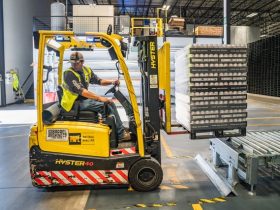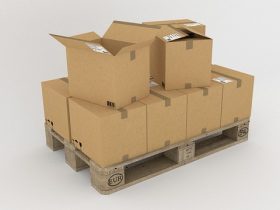During the manufacturing industry’s digital transformation, cyber threats are becoming common. For example, in a nuclear enrichment plant, the Stuxnet malware changed the speed of centrifuges by implanting itself onto flash drives and spreading across production networks. Other threats, such as Trident malware, undermine safety instrumented systems and disrupt.
Lack of visibility into IT and OT networks
The endpoint environment is a critical component of robust security for OT. It’s notorious for being “insecure by design” – networks and systems were not designed with security. Programmable logic controllers (PLCs) and automation devices are vulnerable to malicious actors. Remote access is widely available and often used to change machines.
In addition to protecting assets and systems, cybersecurity resources for manufacturers require visibility into IT and OT networks. Therefore, visibility is essential to improve security and resilience. Most manufacturing facilities are comprised of legacy equipment and brownfield sites. In addition, the facilities often have a high proportion of old ICS assets and new IoT devices.
Human error can open an organization to IP theft.
Human error has a history of exposing an organization to IP theft. For example, employees may unknowingly send sensitive data outside the company’s network or misplace a device containing it. Other instances of human error include employees sending files outside the company’s network or failing to protect sensitive data. For example, in 2018, the US Marine Corps Forces Reserve reported an employee accidentally sending a confidential email to the wrong email address.
Human error can lead to operational disruption.
Everybody makes mistakes in their daily work. Yet human errors can lead to operational disruption, resulting in lost production and essential business data. For example, one mistake can cost a manufacturing company 145 units. First, let’s explore the potential causes of human error. Then, the disruption cost as a benchmark will help you manage costs and improve performance.
The cost of disruptions is challenging to calculate. This is because disorders have a variety of causes and the effects are unpredictable. For example, one disruption may shut down the entire automated manufacturing system, while another may only slightly affect production output. Even worse, multiple disruptions may occur at once. And if you can identify them in time, you can improve the effectiveness of your manufacturing processes. So, how do you measure disruptions?
Lack of control over IoT-connected manufacturing equipment
Insufficient control over IoT-connected manufacturing machinery poses several challenges for industrial organizations. These devices often perform critical tasks such as water purification, power generation, and chemical production. Since they usually require human intervention, securing them at the gateway is not always practical. The lack of control over these connected devices can make them more vulnerable to cyber threats.
In addition to introducing new security threats, these devices can introduce new types of defects into finished goods, causing them to function in a way that is inconsistent with their intended design. This defect can cause severe injuries and economic losses for consumers and lead to lawsuits and damage to a manufacturer’s reputation. In addition, if not addressed in time, IoT-connected manufacturing equipment risks can cause various other problems for manufacturers.










